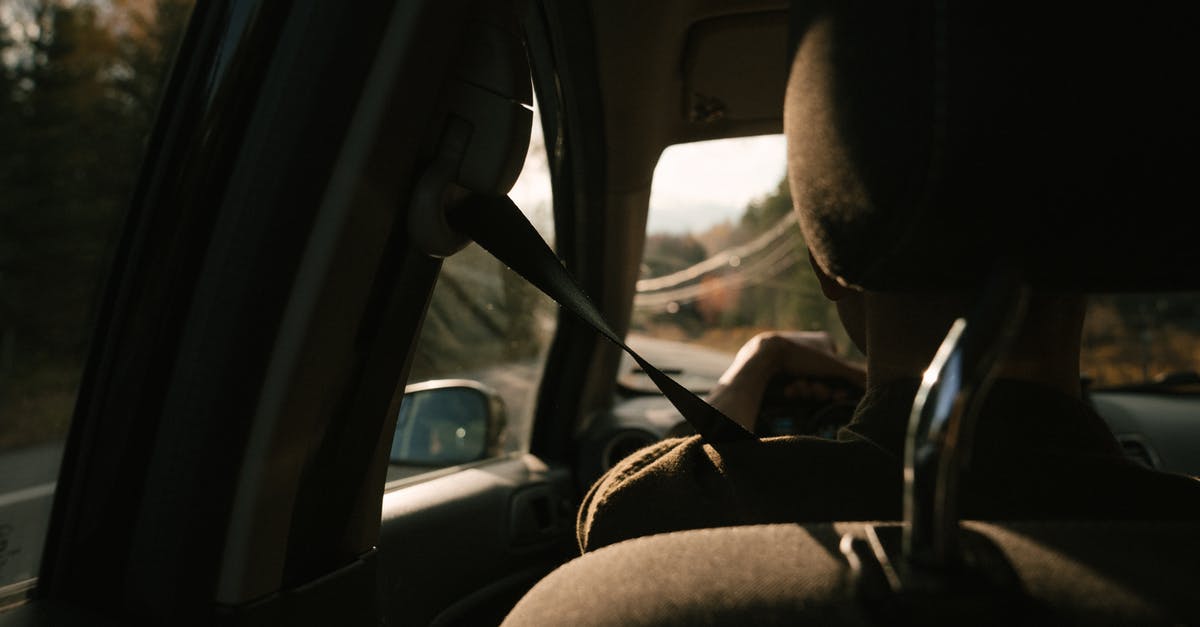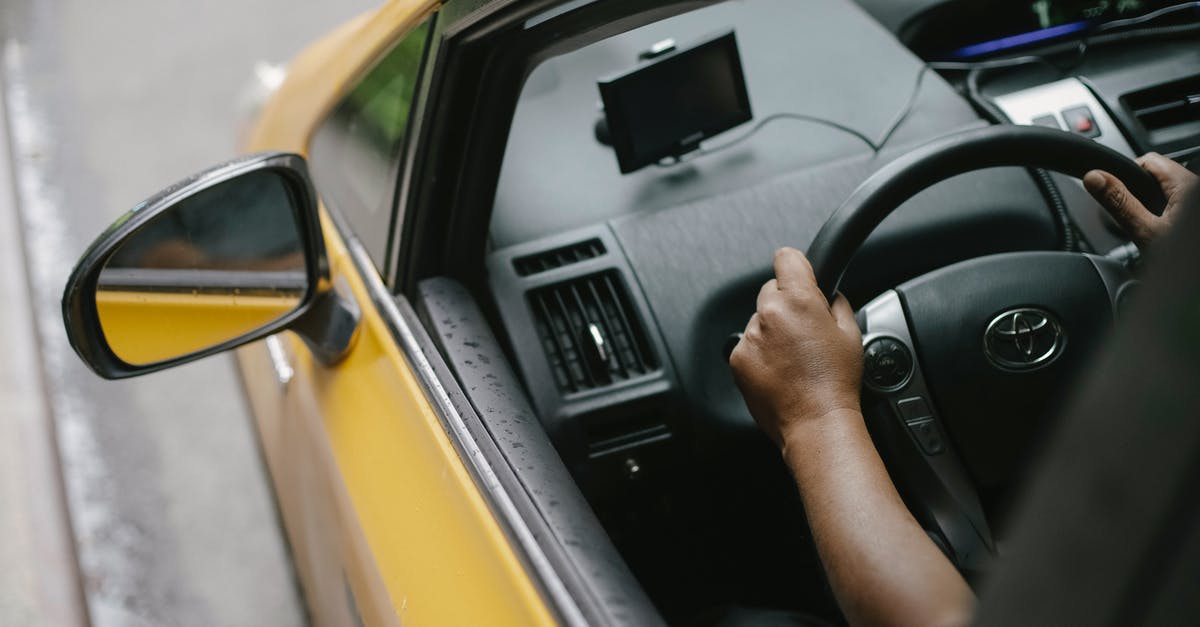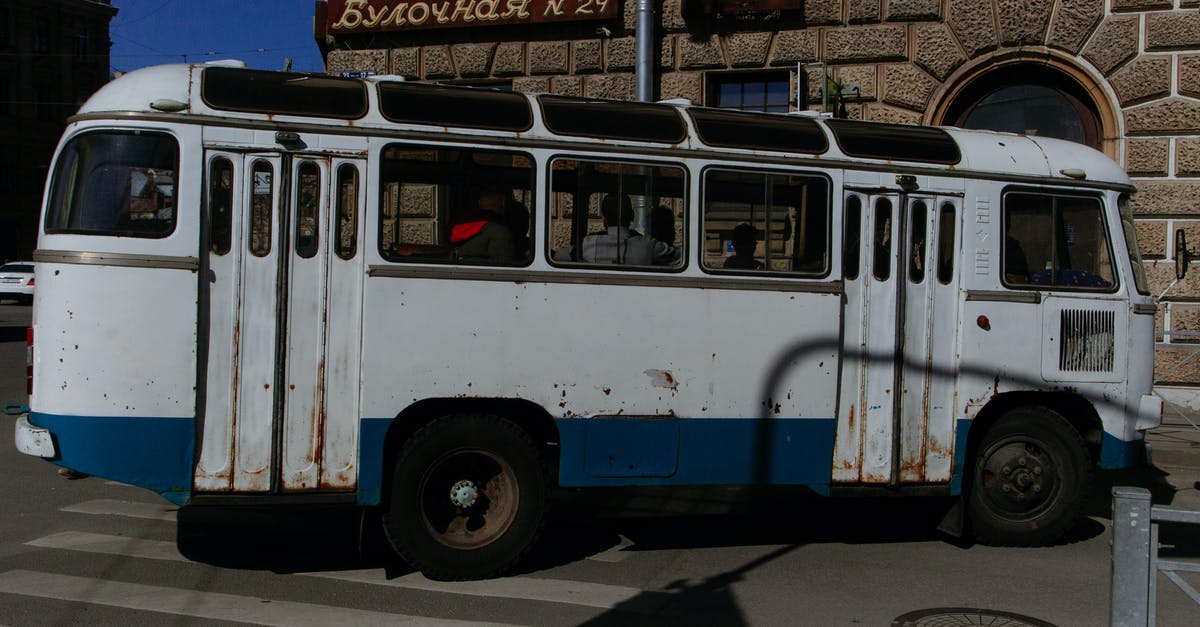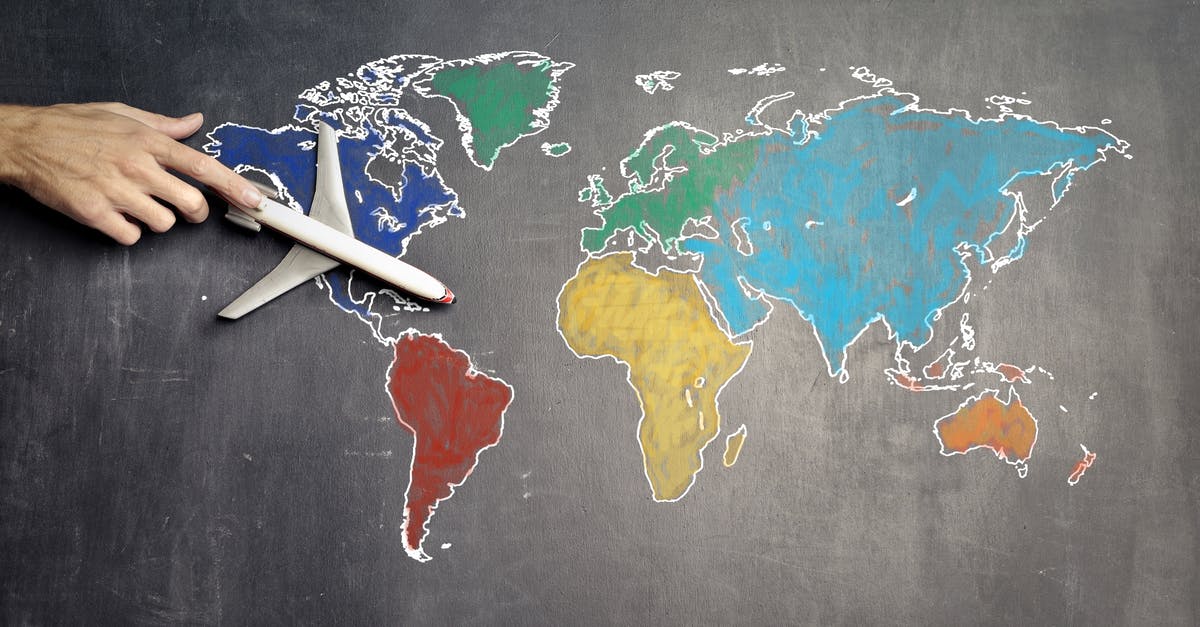Why do airlines seat people the way they do?

Getting on a flight seems to be so inefficient. I can understand allowing first class on first and their platinum class/silverstar/etc members. They are loyal members and allowing the few individuals who meet this criteria on first seems fine since it is only a small group of individuals. But then there is a total breakdown in the system.
First, they do it by group. But whatever group you may be doesn't really have any bearing on where you sit. In addition, everyone clumps up near the counter. Then before everyone on the flight has stowed their luggage, they call the next group, which leads to people being stuck in the jet bridge. If there was an emergency in the jet bridge that didn't allow people to travel back to the terminal, it would seem so much worse compared to having most people in the terminal or airplane already.
My question is, why do airports and airline companies do this? Have there been studies that show this method is superior to doing it by row? My assumption would be filling the plane from the back to front would be the best method. This way there is no delay for passengers to be seated quickly. Everyone in the back is putting their bags away which doesn't hinder others from getting to their seat, since people getting on would always be farther forward then those who have already boarded. And it would prevent people from clumping around the terminal door.
Best Answer
It actually makes more sense to assign groups semi-randomly, so that you get an (ideally) even distribution of group members throughout the plane. (So that, if you have 50 people all in the same group, none of them is standing next to each other.)
That would mean you don't have 12 people on the same 2 rows all clogged together fighting over seatbelts and overhead storage, but everyone gets a little space to work with until the next group comes in, at which time hopefully the previous group is already (almost) seated.
This may be one reason you sit down, maybe with a seatmate that's in the same group, but the person sitting between you may come along quite awhile later.
Of course, if you're in the last group, you're probably out of luck regarding overhead storage, but what else is new?
This is a pretty straightforward problem to simulate, and solutions are enhanced by studying actual passenger boarding experiences. The basic statistical / heuristic solutions are perturbed by people traveling together, frequent flyers that arrive late, people that have to get something out of their luggage or go to the bathroom, etc. In a pool of 100-200 people these can be significant factors.
The airline has a vested financial interest in getting everyone on board and seated as quickly as possible, and, to a somewhat lesser extent, in a way that doesn't piss off the passengers.
Pictures about "Why do airlines seat people the way they do?"



Why do airlines board the way they do?
Southwest tends to board quickly because the order in which a passenger boards determines where they'll sit on the plane. So they show up at the gate 30 minutes before their flight and they line up in a usually orderly fashion. Airlines with assigned seating do not have that advantage.Why are flight attendant seats backwards?
For more than a century, ever since the first scheduled commercial flight, passengers have \u2013 with very few exceptions \u2013 faced forwards. But when sudden deceleration occurs, such as in the event of an accident or emergency landing, rear-facing seats provide far better support for the back, neck and head.Why do flight attendants make you put your seat up?
There are two main reasons why flight attendants pester people to keep those seats up\u2014to keep injuries to a minimum during a crash and to clear the maximum amount of space for a quick exit. The science is pretty basic, as explained by Brian Manning, a flight attendant for Mesa Airlines.How do airlines choose who to bump?
Involuntarily Giving Up Your Seat (Bumping) Sometimes, when an airline asks for volunteers to give up their seats and fly on a different flight, there are not enough volunteers. When this occurs, the airline will select passengers to give up their seats.Woman reclines plane seat. See his reaction that went viral.
More answers regarding why do airlines seat people the way they do?
Answer 2
It's to create an artificially scarce commodity (earlier boarding rights) which can be sold.
I'd suspect random free seating to be fastest with business travellers (as on the old NY-Boston shuttle) who will just get on and take a seat. A bunch of one-trip-a-year tourists will probably slow the whole process up re-arranging bags and trying to get seated passengers to move so they can be with their companions.
Answer 3
United and Delta are definitely using a more ordered method of boarding aircraft. They have (in most places that I travelled YMMV) physically separate queues for different groups of boarding passengers and will turn a passenger away if they attempt to board at the wrong time.
For example with United (the last airline I flew with) the groups are:
- First class
- Premium club etc
- First coach (from experience window seat)
- Second round of coach
- Third round of coach (from experience aisle seat)
The also highlight the currently boarding group on displays. Thus it is easy to see what group is boarding and there is no congestion at the gate.
Answer 4
I think you're making a broad generalisation based on the practices of a few airlines.
There are actually many different boarding procedures, which depend on the airlines policies (including whether seats are assigned or not), aircraft type (size, number of floors, classes), airport equipment (number and position of bridges/stairs), use of bridges, stairs and buses, and more.
Group boarding is for instance a practice of Southwest, where groups (other than the priority group) are (AFAIK) based on check-in order (so that the earlier you check-in, the earlier you board -- this is to encourage you to check-in early I suppose).
Many airlines have no order at all on smaller planes (that's the case of most airlines in Europe, both LCC and incumbents on most single-aisle planes). Some (mostly LCCs such as Easyjet or Ryanair, but incumbents operating smaller regional-type jets also do it) will favour using stairs over bridges so they can use both the forward and aft doors (there will then be a split of passengers based on row numbers at the). Of course, this requires assigned seats.
On larger planes the back-to-front policy is usually the norm. This may be combined with the use of several bridges (often just premium classes v. coach, but you other combinations are possible).
As others have pointed out, there have been many studies on the topic, but the most efficient methods (IIRC, they involved doing even rows back to front then odd rows back to front, and/or "outer" (windows) to "inner" (aisle) seats), but are way to complex to implement in real life. Even then, the most efficient method may still vary based on aircraft size, fill ratio, passenger typology (single business traveller which knows exactly how things work v. families with children and lots of bags who don't even know how seats are numbered...).
Sources: Stack Exchange - This article follows the attribution requirements of Stack Exchange and is licensed under CC BY-SA 3.0.
Images: Marta Wave, Tim Samuel, Plato Terentev, Andrea Piacquadio
